When people talk about NASCAR’s aero wars or the golden era of muscle cars, the 1969 Mercury Cyclone Spoiler II rarely gets the spotlight it deserves. Built for one reason—to win on superspeedways—this street-legal missile was Mercury’s answer to Dodge’s Daytona and Plymouth’s Superbird. With a stretched nose, smoothed-out bodywork, and a purpose-built shape, the Cyclone Spoiler II was more than just fast—it was a strategic weapon. But despite its engineering and racing success, it’s often overlooked in muscle car history. Let’s set the record straight.
Built for NASCAR Homologation
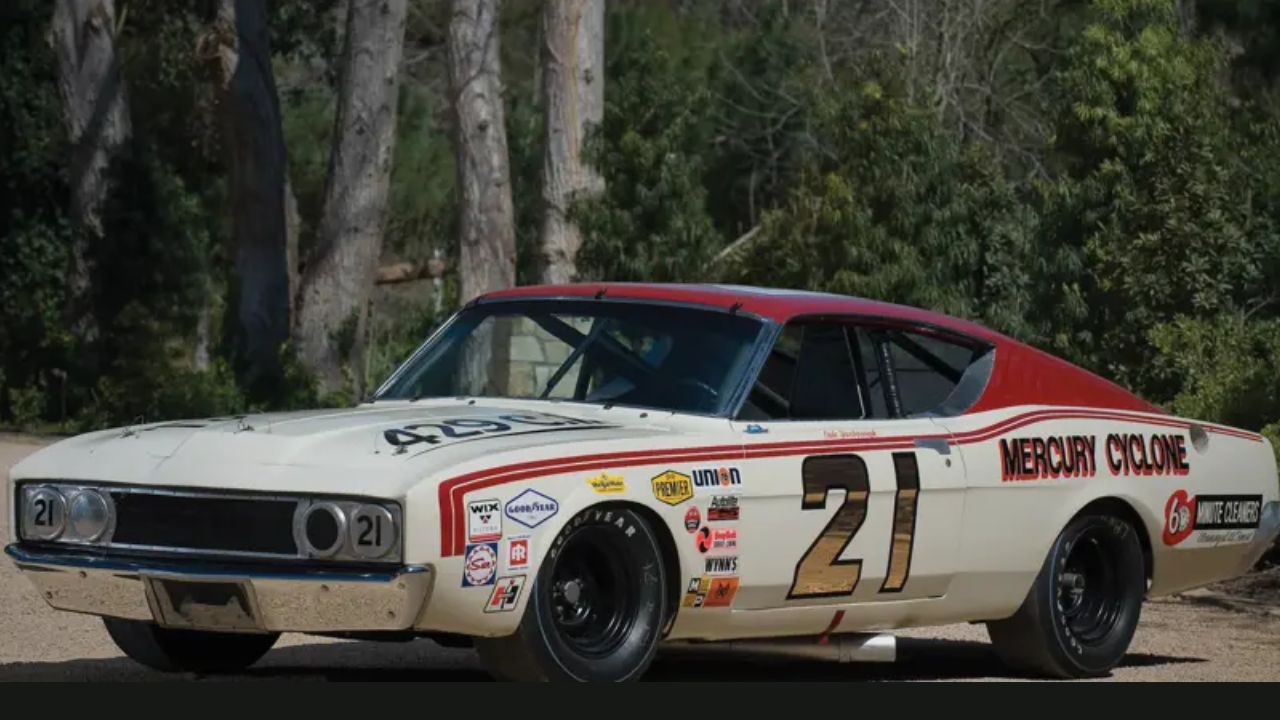
In 1969, Mercury introduced the Cyclone Spoiler II to meet NASCAR’s homologation requirements, which mandated that manufacturers produce a minimum number of street-legal versions of their race cars. This move was part of the intense “Aero Wars,” where manufacturers competed to create the most aerodynamically efficient vehicles for the track. The Spoiler II’s design focused on reducing drag and increasing stability at high speeds, essential for NASCAR success.
Aerodynamic Enhancements
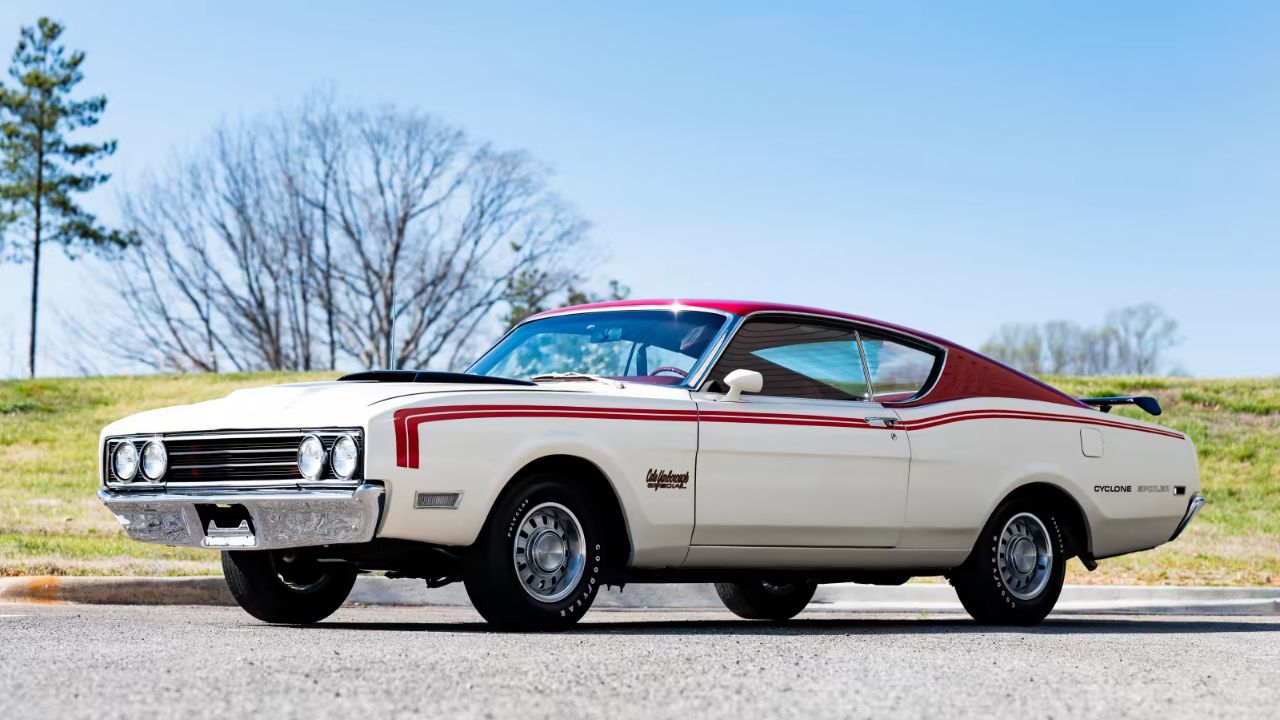
To improve aerodynamic performance, the Cyclone Spoiler II featured a front end extended by approximately six inches, incorporating a flush-mounted grille similar to the Ford Torino Talladega. This design minimized air resistance, allowing the car to achieve higher speeds on the track. Additionally, the rocker panels were reshaped and rolled to enable teams to lower the car’s ride height within NASCAR regulations, further enhancing its aerodynamic profile.
Limited Production Numbers
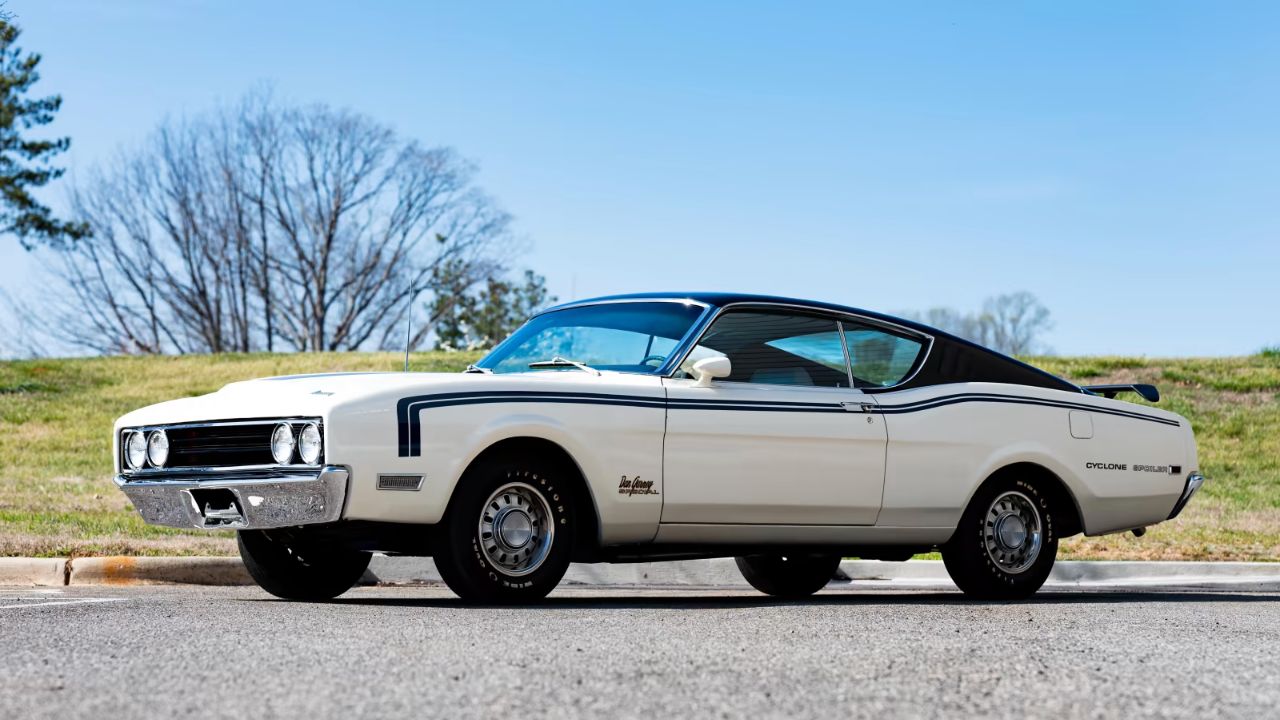
Mercury produced a total of 503 Cyclone Spoiler IIs, divided into two special editions: 285 units of the Cale Yarborough Special and 218 units of the Dan Gurney Special. These limited numbers make the Spoiler II a rare find among muscle car enthusiasts and collectors today.
Distinctive Trim Packages
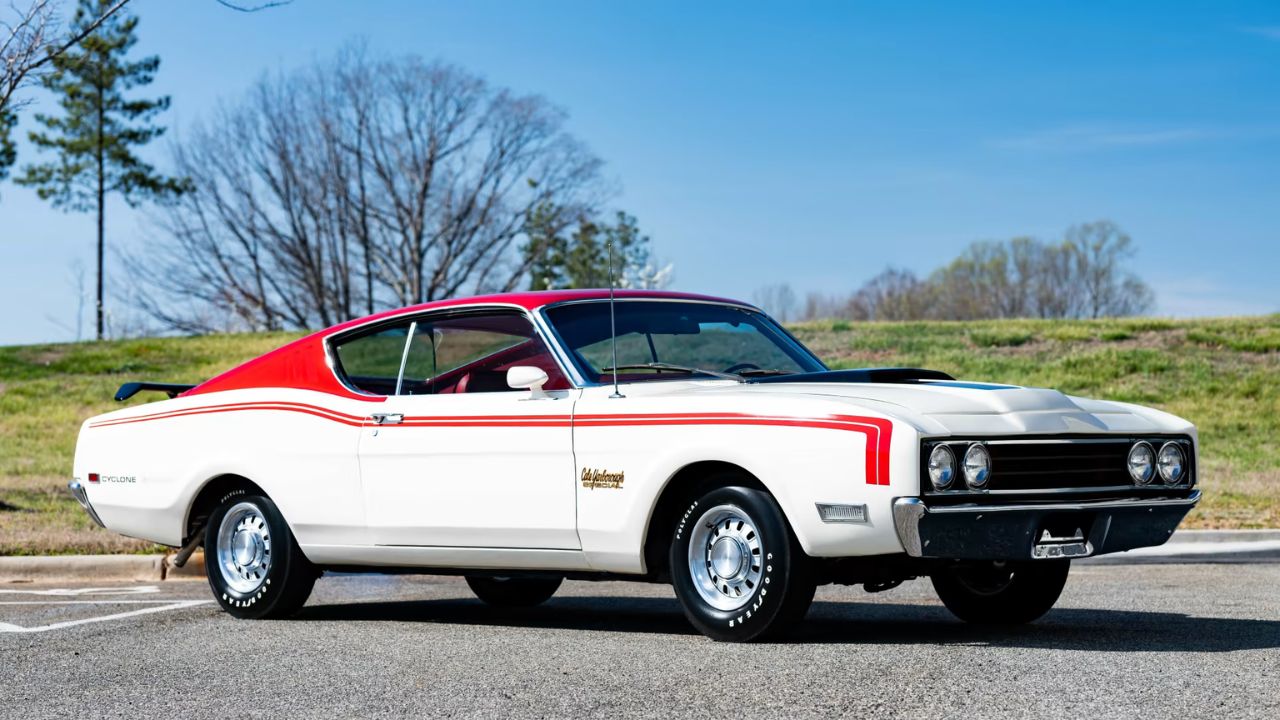
The Cale Yarborough Special was characterized by its white exterior with red accents and a matching red interior, while the Dan Gurney Special featured a white exterior with blue accents and a blue interior. These color schemes paid homage to the NASCAR drivers they were named after, adding a unique touch to each vehicle.
Standard Engine and Transmission
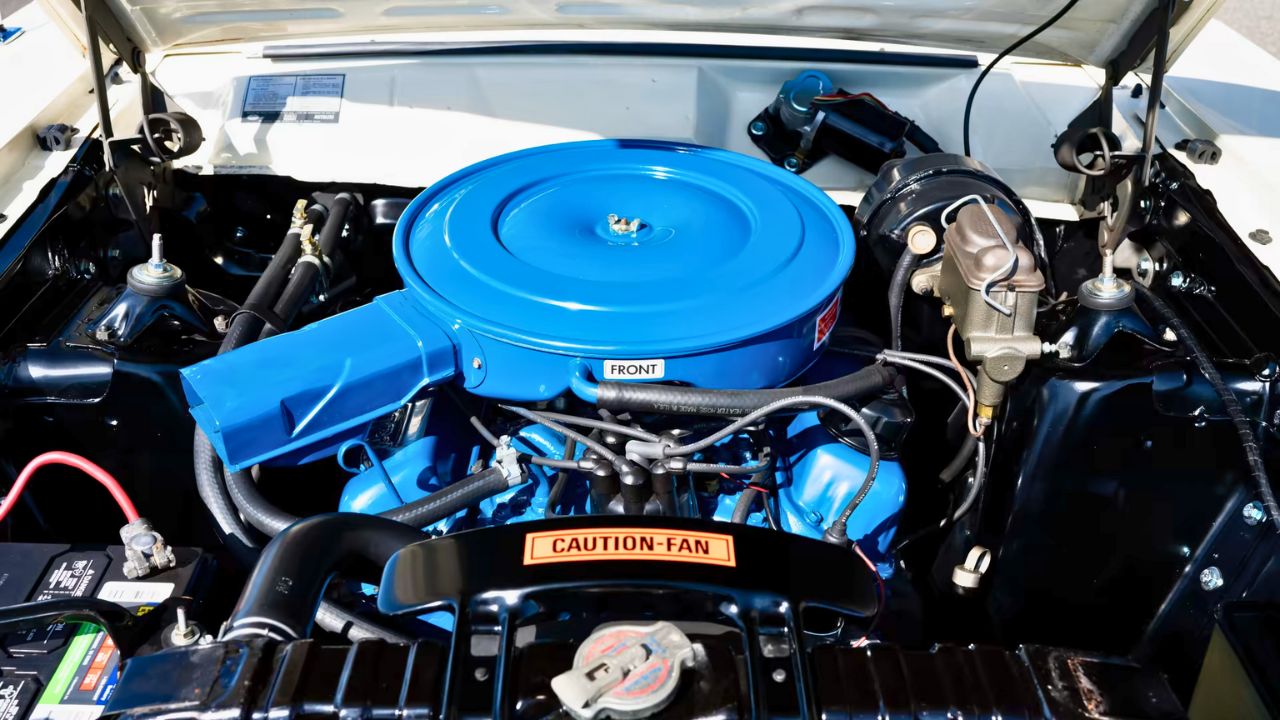
All production models of the Cyclone Spoiler II were equipped with a 351 cubic inch Windsor V8 engine, paired with a column-shifted automatic transmission. This setup provided a balance of performance and drivability for the street-legal versions of the race car.
Racing Success

The Cyclone Spoiler II proved its capabilities on the NASCAR circuit, securing eight Grand National race victories during the 1969 and 1970 seasons. Its aerodynamic design and performance contributed to its competitiveness against rivals like the Dodge Charger Daytona and Plymouth Superbird.
Transition to Boss 429 Engine
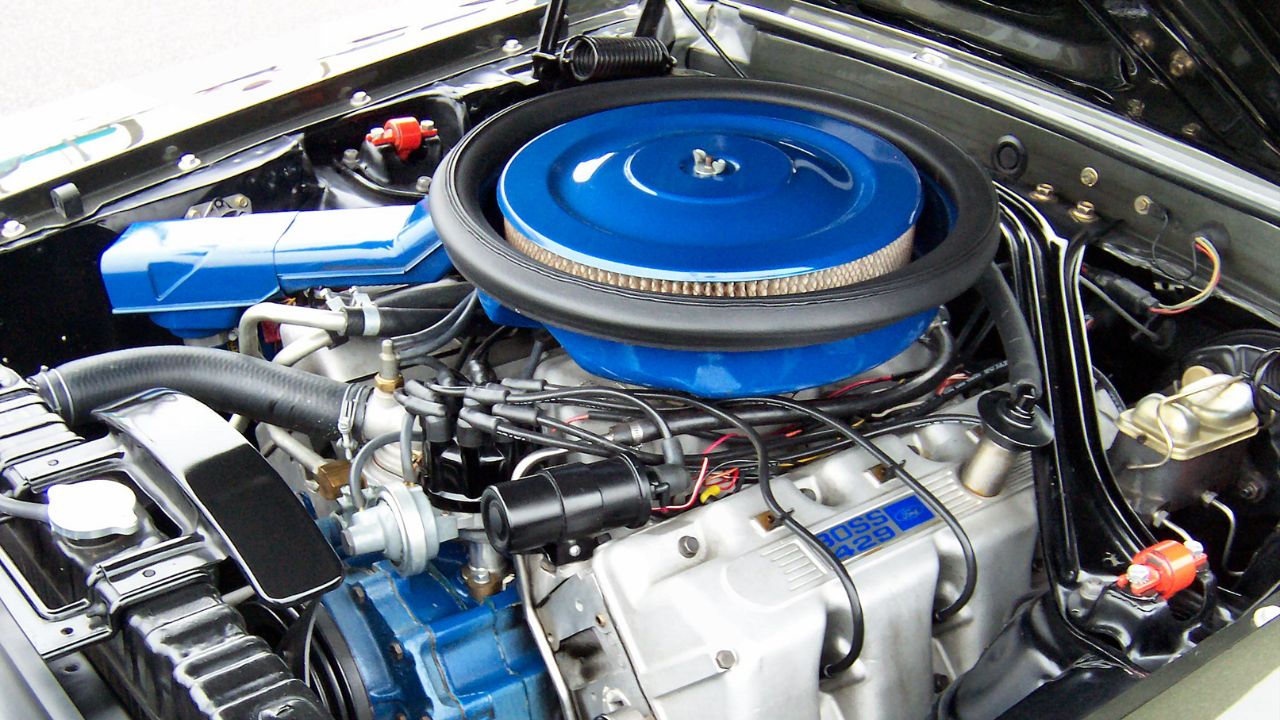
While the production models came with the 351 Windsor engine, racing versions of the Spoiler II initially used the Ford FE 427 side-oiler engine. Later in the season, teams transitioned to the Boss 429 engine after it was homologated by NASCAR, enhancing the car’s performance on the track.
Subtle Exterior Badging
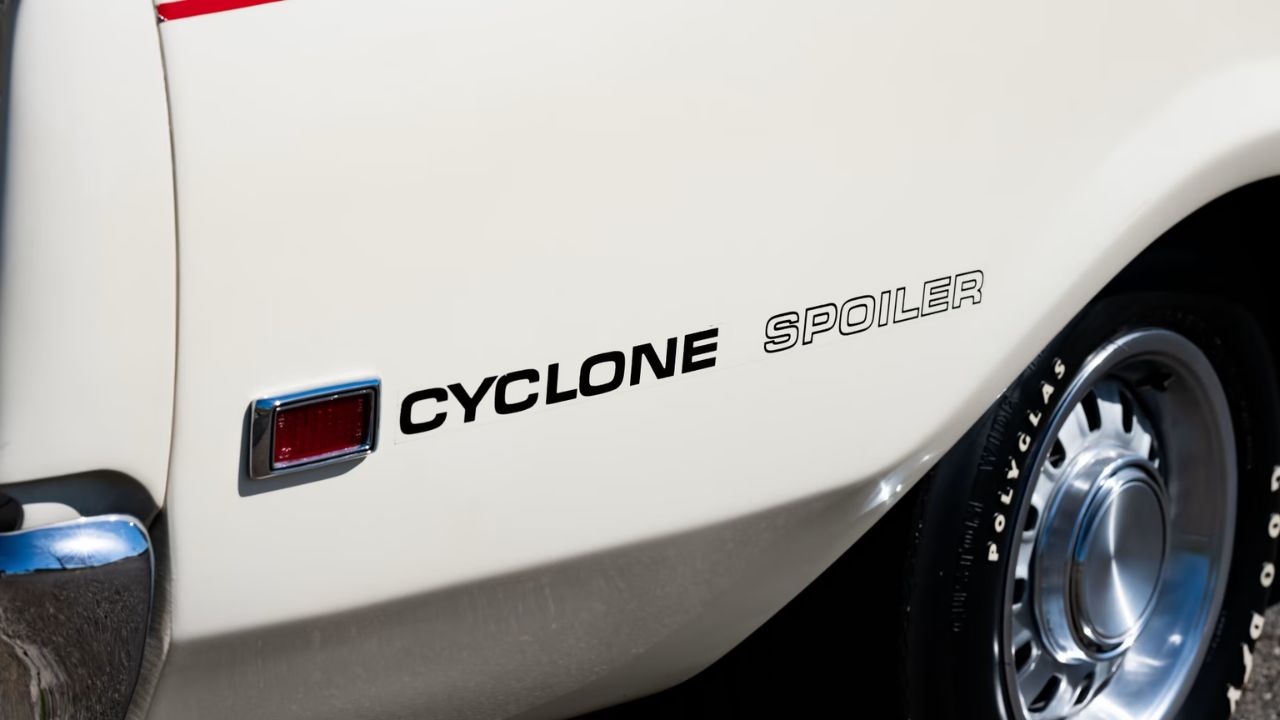
Interestingly, despite being designated as the “Spoiler II,” the cars did not feature specific badging to indicate this. The rear quarter panels were simply labeled “Cyclone Spoiler,” which has led to some confusion among enthusiasts and collectors over the years.
Post-Production Racing Use
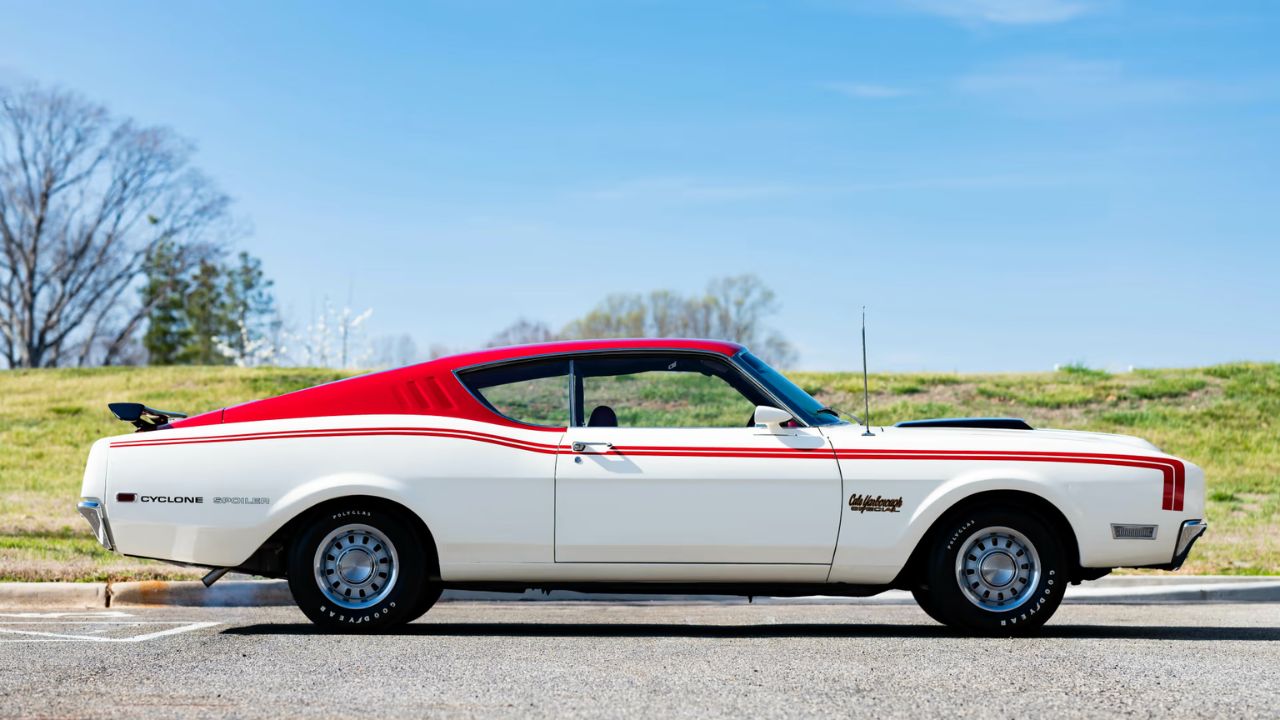
After the 1970 season, NASCAR implemented rules that effectively ended the era of aerodynamic cars like the Spoiler II. However, many teams continued to use the 1969 Spoiler IIs in competition due to their superior aerodynamics compared to newer models, even without factory support.
Collector’s Rarity
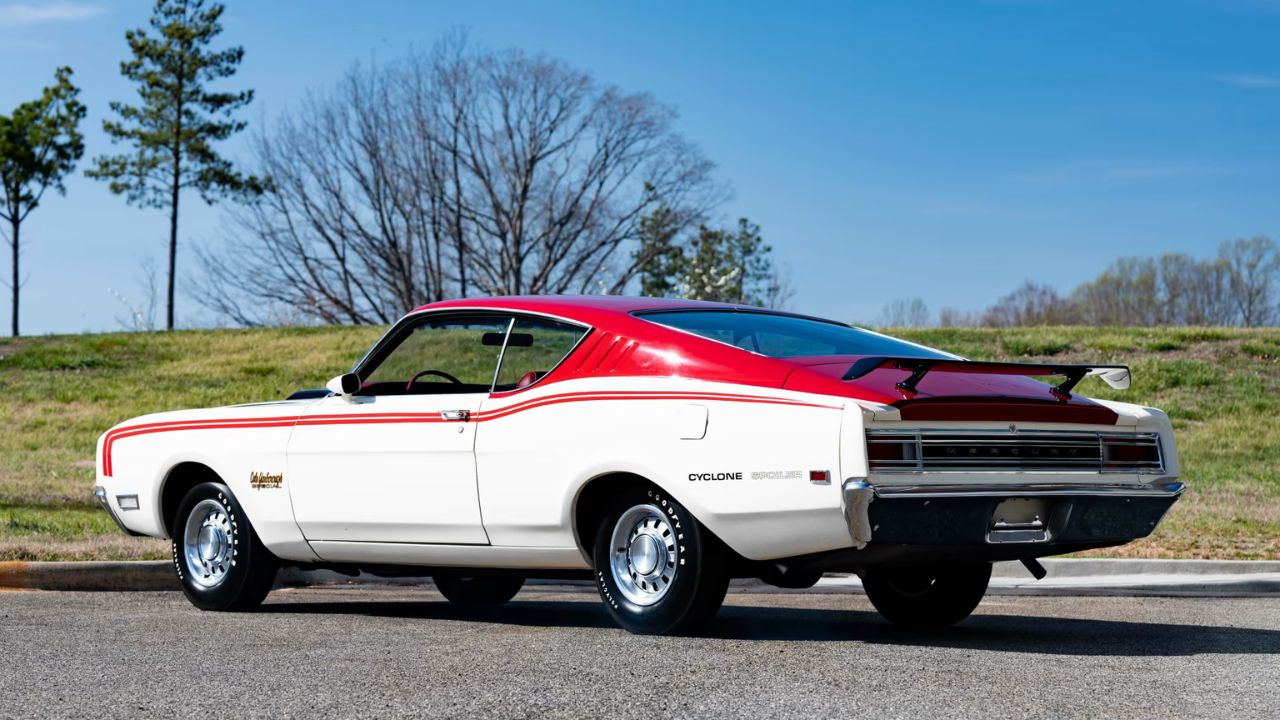
Today, the Cyclone Spoiler II is considered a rare and valuable collector’s item. Despite its racing pedigree and limited production, it has not achieved the same level of recognition or value as some of its contemporaries, making it a hidden treasure for muscle car aficionados.
*This article was hand crafted with AI-powered tools and has been car-fully, I mean carefully, reviewed by our editors.

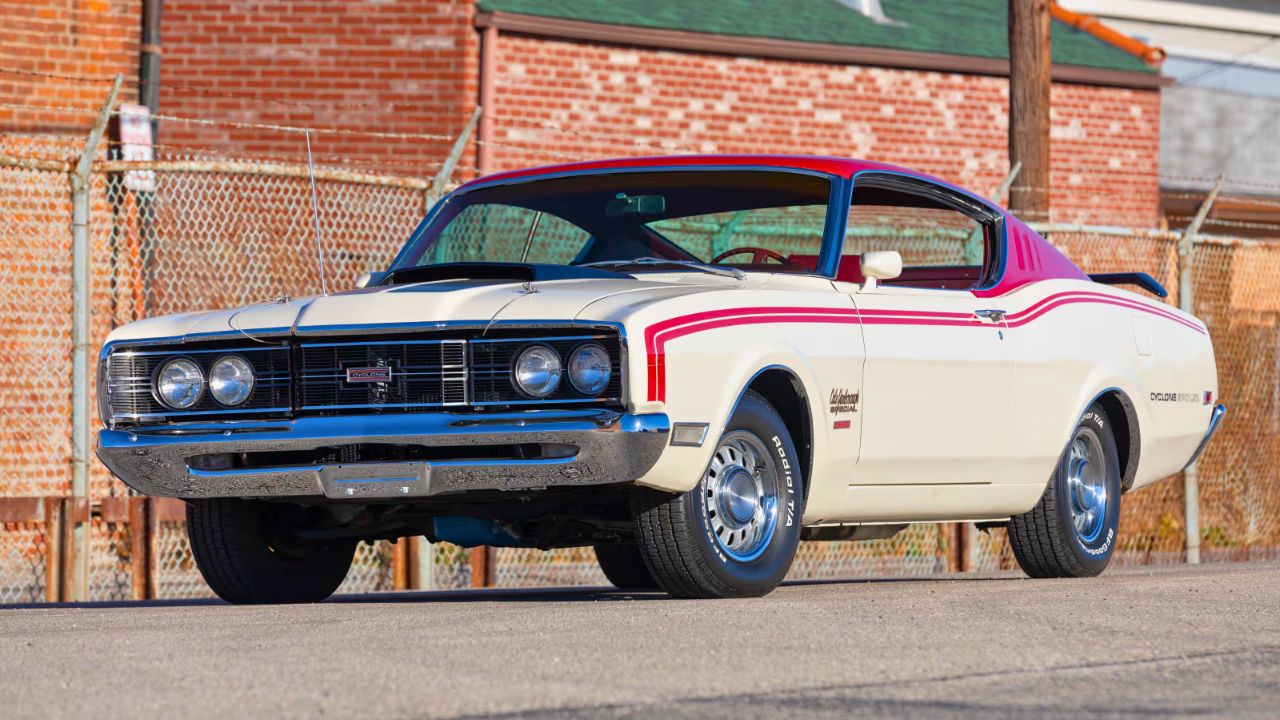


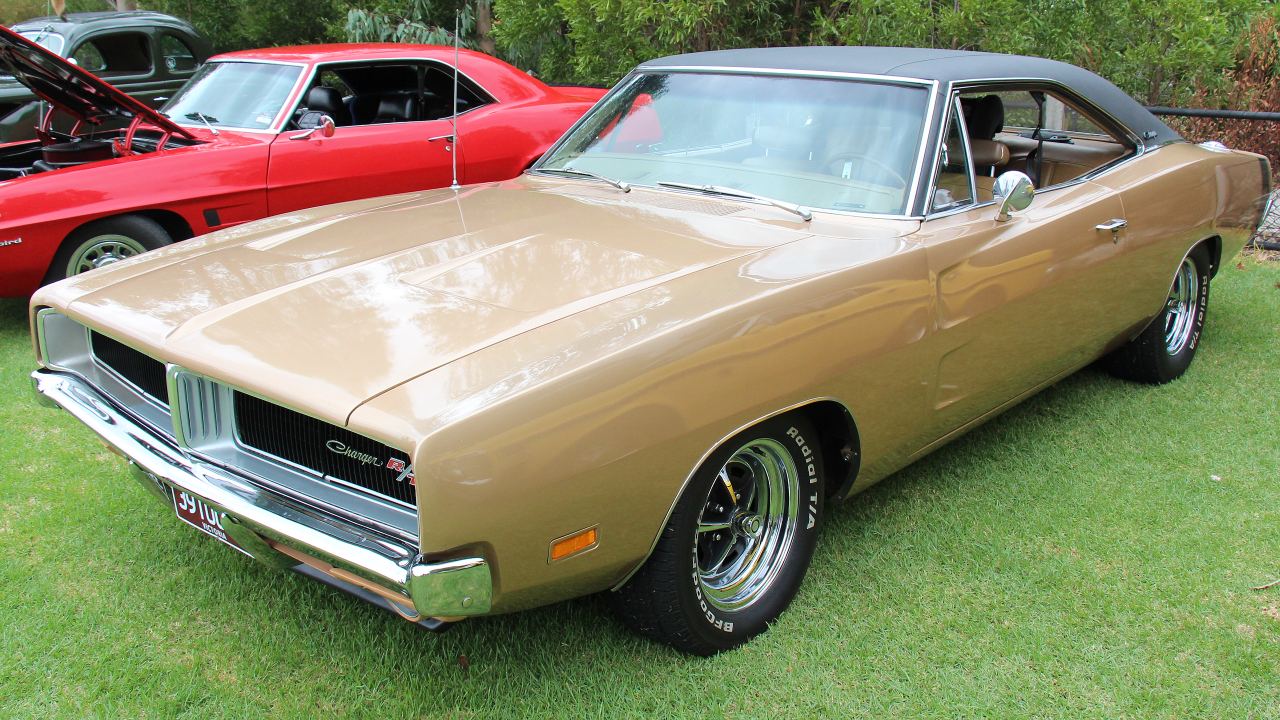
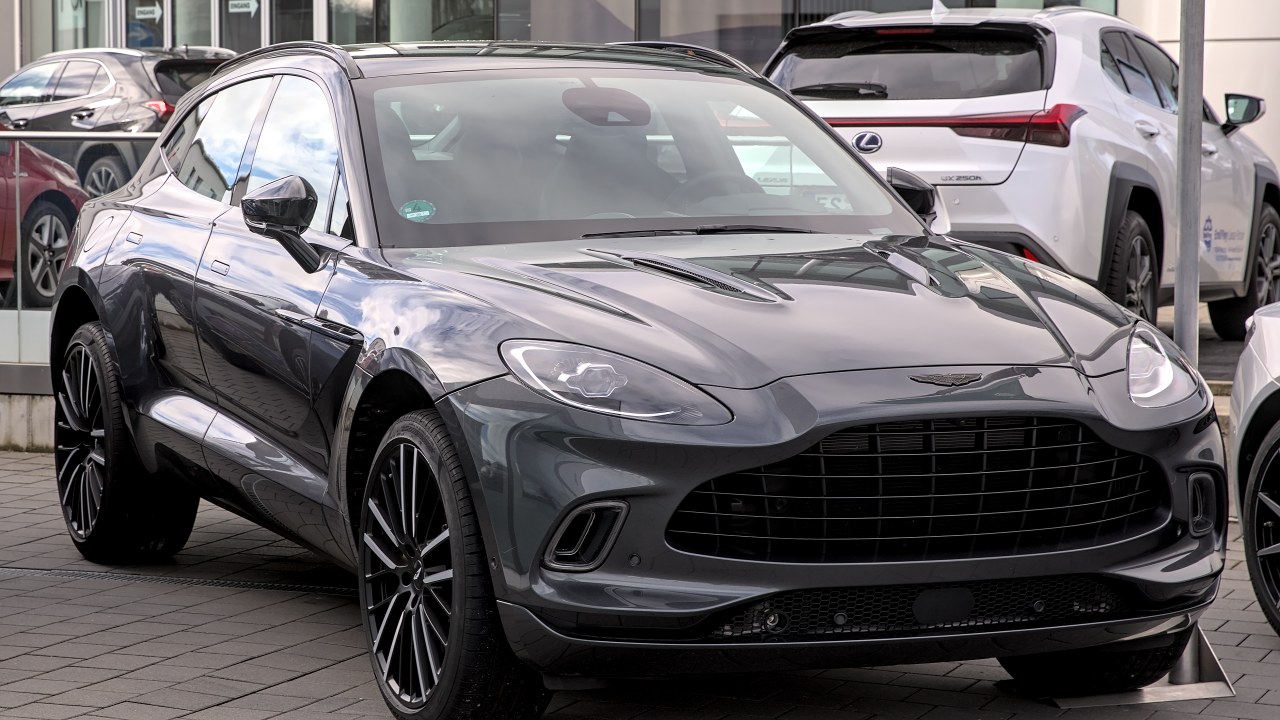

Leave a Reply